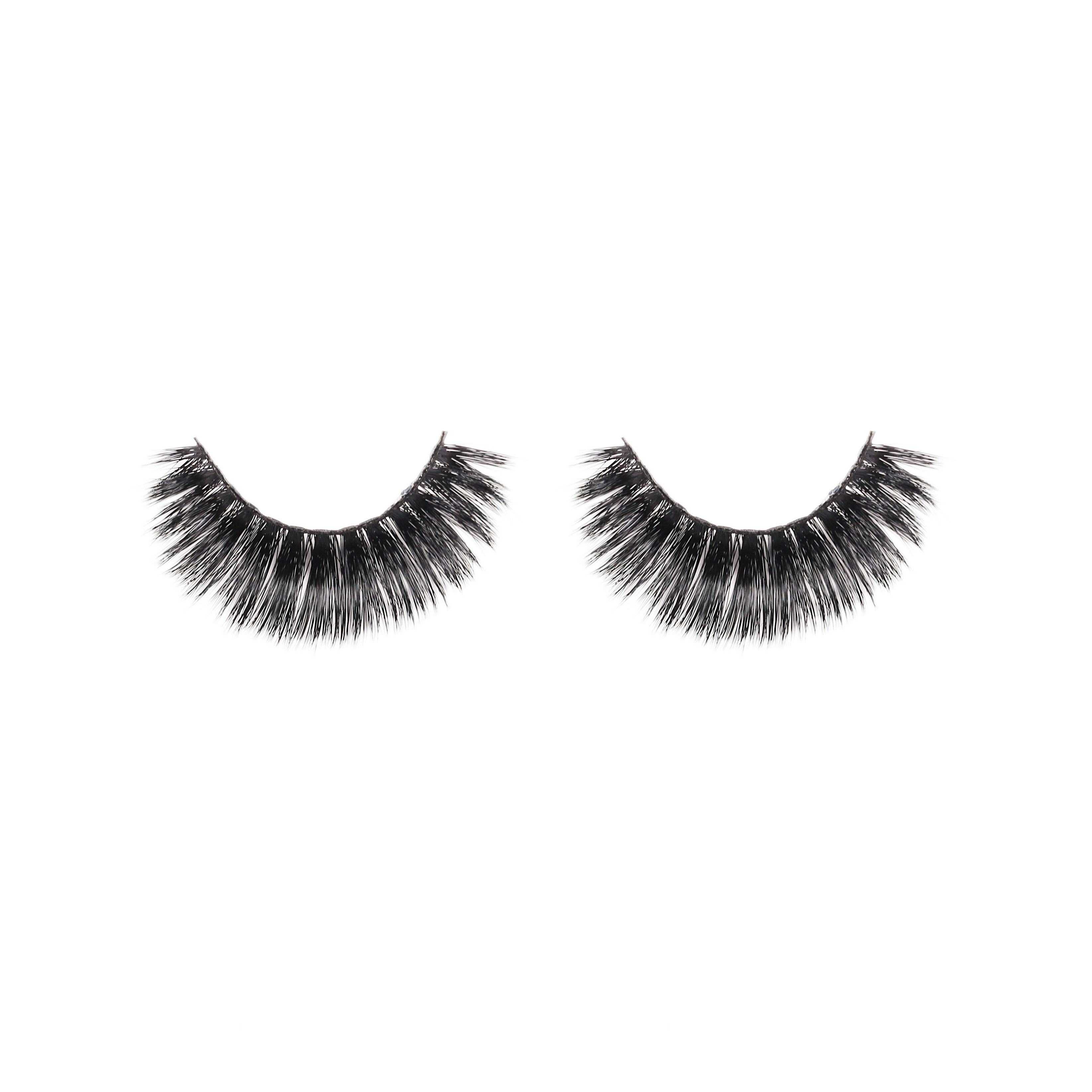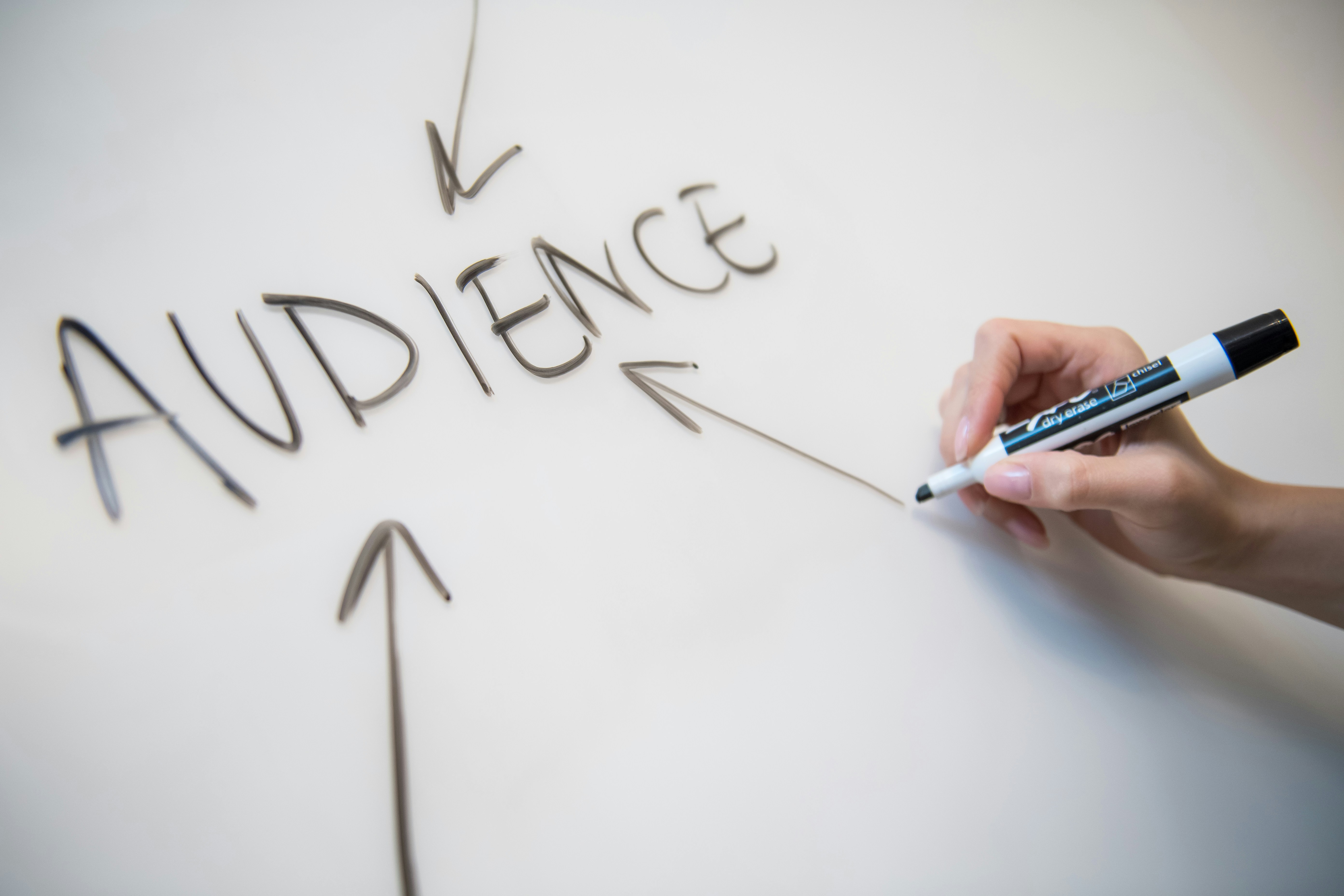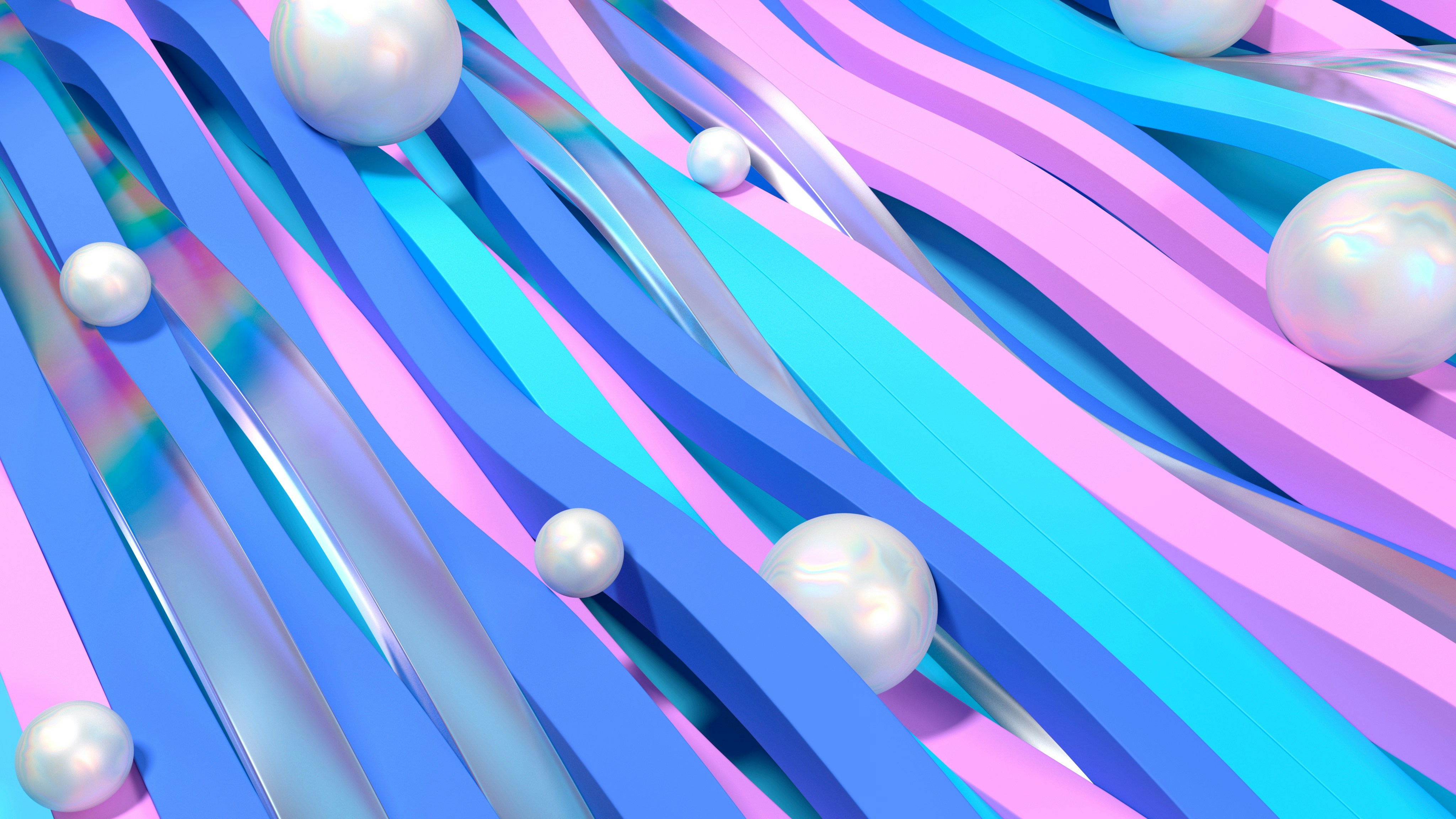Creative Beauty Salon Logos: Ideas, Trends, and the Path to Recognition in 2025


In the world of beauty and self-care, every brand element matters, and the logo holds a central position. It’s not just a pretty image—it’s the face of a salon, reflecting its philosophy and atmosphere. A well-designed logo helps a beauty salon stand out in a crowded market, attract and retain customers, and build trust and loyalty. In 2025, logo design is becoming increasingly sophisticated, combining minimalism, modern color trends, and innovative technologies, including artificial intelligence.
Why Your Beauty Salon Needs a Unique Logo
A logo is the first thing a potential client sees. Its job is to make the right impression within seconds and spark interest. Creativity and thoughtful design not only catch attention but also help differentiate your salon, build a unique style, and leave a lasting memory.
When a logo communicates professionalism, clients sense that the salon is serious about its craft. Sloppy or generic visuals immediately repel. For example, the salon chain "Golden Scissors" uses elegant typography and gold accents to emphasize its premium quality and expertise, attracting an affluent audience.
It’s essential that the design resonates with the salon’s specific audience. A logo with soft pastels and flowing lines fits a studio offering relaxing treatments, while bold colors and dynamic shapes suit trend-forward salons catering to younger clients.
A unique logo acts as a visual anchor, one that clients recall when thinking about a haircut or manicure. This becomes especially crucial in highly competitive areas where dozens of similar salons operate on a single street.
Consistent use of your logo and brand style across all touchpoints—signage, website, business cards, and social media—builds a sense of stability and professionalism. This consistency fosters long-term client relationships and greater loyalty.
Key Elements of an Effective Beauty Logo
Color Psychology and Palette Selection
Colors play a vital role in brand perception. Each shade evokes certain emotions and associations. Pastel tones—like pink, lavender, or peach—symbolize softness and care, perfect for salons focused on relaxation. Gold accents combined with black or deep blue signal luxury and attract high-paying clients. Vibrant colors like fuchsia, emerald, or electric blue energize a design and appeal to younger audiences.
Different salon concepts call for different palettes. Classic salons often favor black-and-white with silver or gold accents. Eco-friendly salons lean toward natural tones—green, beige, brown. Trendy studios experiment with contrasts and gradients to add depth and dynamism.
Typography: Fonts Reflect Brand Personality
The logo font sets the tone for a salon’s image. Handwritten or calligraphic fonts suggest warmth and a personal touch—ideal for small studios with handcrafted services. Clean geometric sans-serifs evoke professionalism and reliability, fitting for large beauty centers or chains.
Readability is crucial. Your name must be legible across all formats, from storefronts to social media icons. A stylish but unreadable font reduces recognition and can deter clients.
Graphic Elements: Icons and Symbols
Graphic choices depend on brand strategy. Direct symbols like scissors, brushes, or combs instantly communicate a salon’s focus. This approach works well for small, niche studios.
Abstract shapes—waves, geometric figures, stylized silhouettes—offer more versatility. They adapt easily to service expansion and inspire creative expression.
Symbols of femininity—flowers, butterflies, pearls—are frequently used to evoke elegance and beauty. These work well for salons that focus on mood and ambiance.
Composition: Balance and Harmony
A well-composed logo is visually balanced and easy to understand. The main element—whether it’s a name or symbol—should immediately draw the eye, while supporting details complete the picture. Proper scale, proportion, and spacing give the logo a polished, professional feel.
Logo Design Trends for Beauty Salons in 2025
Minimalism remains a dominant trend. Simple shapes, monochrome palettes, and clean lines make logos memorable and adaptable. They scale well across formats and work seamlessly in digital and print. Negative space is often used for hidden symbolism, adding a touch of cleverness.
Gradients and soft transitions add depth and volume. They enhance a modern, dynamic look—especially important for online presence.
Eco-style designs are gaining popularity, mirroring global sustainability trends. Nature-inspired elements like leaves, branches, or water drops, combined with earthy colors, signal naturalness and safety.
Geometric forms and abstractions give a modern, high-tech appearance. Sharp lines and minimalist layouts attract young, forward-thinking audiences.
Handwritten and custom fonts highlight uniqueness and brand personality, particularly popular among independent stylists or personal brands.
Animated logos are trending on digital platforms. Motion helps catch attention on Instagram, TikTok, and other visual-first networks.
Logo Ideas for Different Beauty Businesses
Hair salons and barbershops often incorporate classic symbols: scissors, combs, clippers. Barbershops prefer dark, vintage designs for a masculine vibe, while women's salons opt for elegance. Family salons lean toward neutral and universal styles.
Nail and pedicure studios frequently use nail polish imagery or floral motifs. Palettes lean toward pink, peach, and red to reflect femininity. Minimalist, refined designs are favored by premium studios.
Cosmetology centers and spas use abstract symbols of water, stones, or nature. Calm, natural shades create a soothing impression. Medical aesthetics centers often use clean lines and subdued colors to signal professionalism.
Eyelash and brow studios go for delicate lines and stylized eye graphics. Black-and-white schemes with gold or pink accents create a sleek and elegant look.
How Neural Networks Help Create Creative Logos
Neural networks like Ironov accelerate the logo design process by generating multiple ideas in minutes. AI analyzes thousands of existing designs, identifies successful patterns, and suggests unexpected combinations of colors, fonts, and elements.
AI tools track current trends and create unique palettes and gradients, saving time for designers. Competitor analysis helps deliver differentiated solutions that stand out.
The main advantages: speed and variety. However, AI doesn’t always understand the nuances of positioning or audience. Final refinement still requires a human designer.
Practical Steps to Creating a Beauty Salon Logo
Begin by defining your concept and target audience. Understand who your clients are and how you want to be perceived. Competitor analysis reveals market gaps and prevents design repetition.
Next, brainstorm and sketch ideas. Create a mood board for inspiration. Move your top concepts into digital formats using design software.
Test compositions and colors across media: signs, business cards, social platforms. This reveals legibility and brand consistency.
Final step: legal protection. Trademark registration ensures exclusive rights and safeguards your logo. Check for originality through databases and prepare documentation describing your logo and business scope.
Examples of Successful Beauty Logos
Beauty salon "NARA" opts for minimalism and abstract visuals to project professionalism. Cebreva LAB medical cosmetics signals technologies and medical approach.
Source: Ironov’s portfolio
Source: Ironov’s portfolio
International inspiration includes Sephora's sleek black logo with recognizable type, Drybar's retro style and bright yellow, and Babor SPA’s elegant font with a flower icon signaling indulgence.
Source: Google images
The takeaway: simplicity, alignment with brand identity, and versatility across formats are what make a logo strong and memorable.
Conclusion
Investing in a quality, well-thought-out logo is an investment in your beauty business’s future. It not only attracts clients but shapes your salon’s image, sets you apart from the competition, and supports long-term customer relationships. Embracing modern design trends, choosing the right colors, fonts, and icons, and leveraging new technologies—including neural networks—can help you build a brand that truly stands out.


